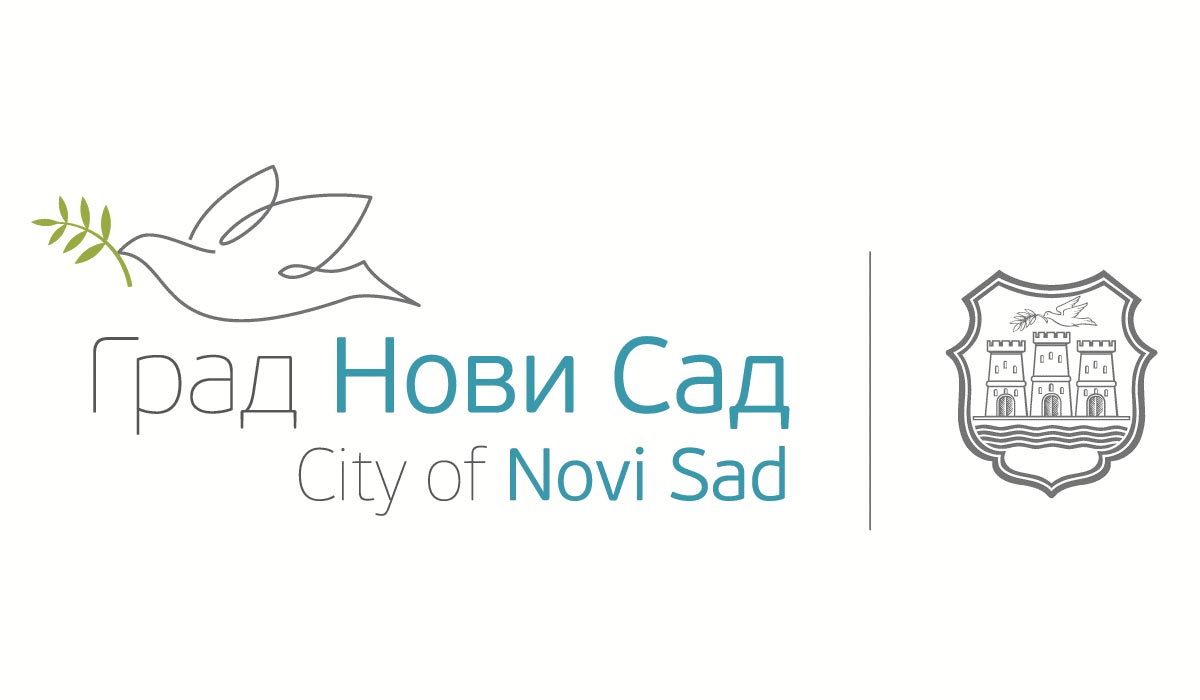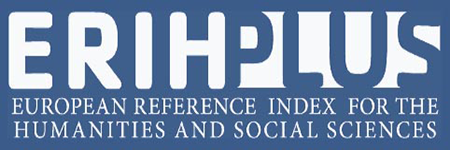NATURAL CONDITIONS AS A FACTOR IN THE DEVELOPMENT OF CITIES ON OPPOSITE SIDES OF THE DANUBE RIVER: A CASE STUDY OF KOVIN AND SMEDEREVO FROM THE 14th TO THE 18th CENTURY
DOI:
https://doi.org/10.19090/i.2023.34.14-35Keywords:
Kovin, Smederevo, Danube River, urbanization, natural conditionsAbstract
This paper analyzes the impact of the natural environment as a condition for the emergence and development of Kovin and Smederevo, two nearby cities on opposite banks of the Danube, during a period ranging from the Middle Ages, when both cities underwent intensive development, until the eighteenth century, when the process of land reclamation began on their locations. In the past, the terrain, climate, hydrography, fertility, and natural resources were highly significant for the formation and development of cities, both for their strategic positions and for supplying cities with basic needs, either through direct production or trade. Thus, it is important to analyze and explain these factors that make up the basic prerequisites for the location of a settlement, and to look at the possibilities and obstacles for a city or town along the lower course of the Danube, especially because the conditions differed on the left and right banks in this particular area.













